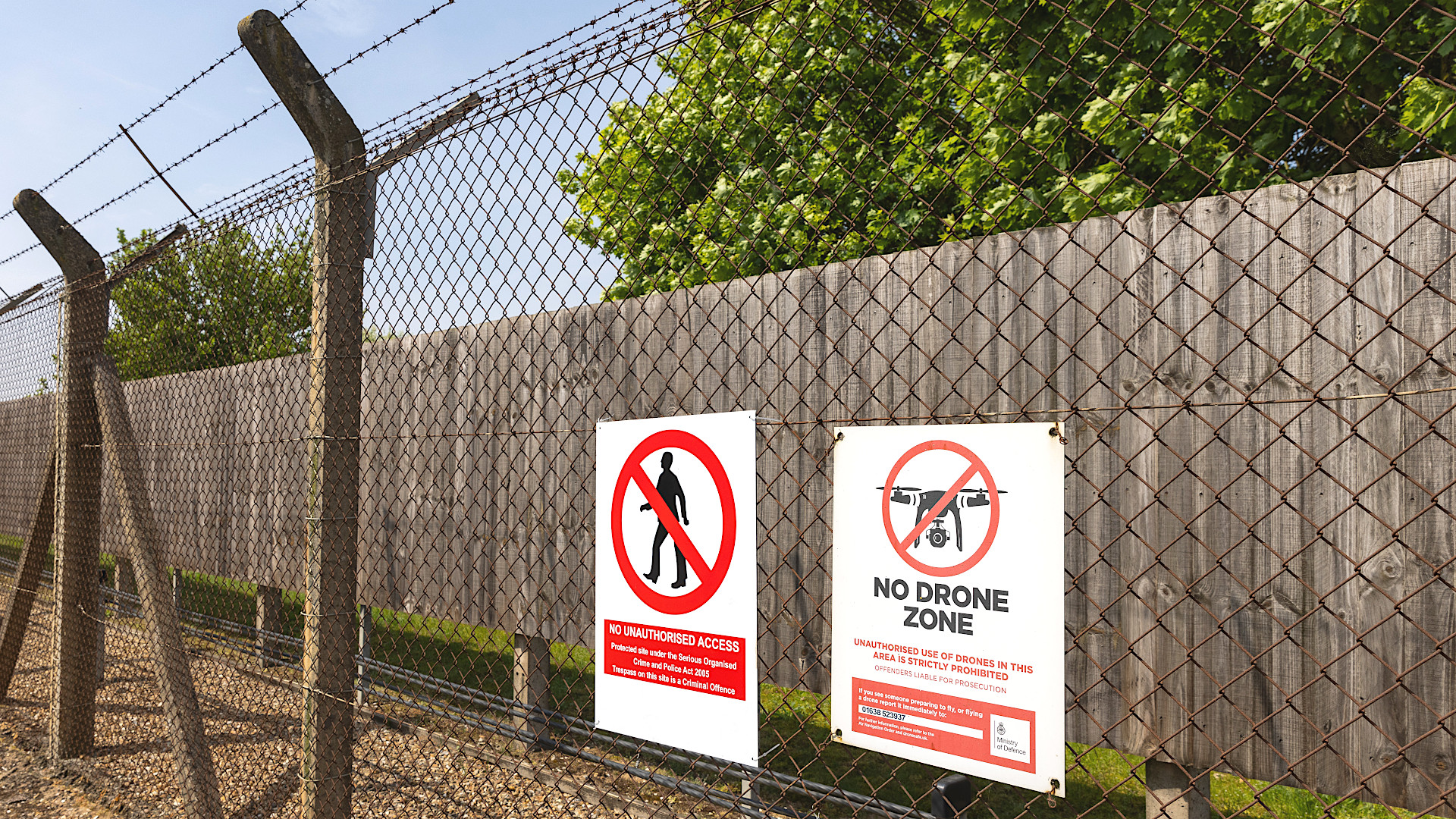Approximately 60 members of the British armed forces have reportedly deployed across three air bases in the United Kingdom that host American forces in response to ongoing drone incidents. Nearly a week ago, mysterious drone incursions began over RAF Lakenheath, the U.S. Air Force’s main fighter hub in the country, which TWZ was first to report. It subsequently emerged that other bases had been experiencing concerning activity by still unidentified uncrewed aerial systems at the same time.
The Times newspaper in the United Kingdom was among the first to report on the reinforcements sent to RAF Lakenheath, as well as RAF Mildenhall and RAF Feltwell, citing anonymous sources. RAF Lakenheath, as well as RAF Mildenhall and RAF Feltwell, had experienced drone incursions between Nov. 20 and Nov. 22. Lakenheath and Mildenhall, at least, also then saw similar drone activity yesterday. All three facilities are situated in eastern England.
The 48th Fighter Wing, with its F-35A Joint Strike Fighters and F-15E Strike Eagles, and the 100th Air Refueling Wing, which flies KC-135s, are the main units at Lakenheath and Mildenhall respectively. There have also been signs that Lakenheath is at least being prepared to re-host U.S. nuclear bombs after those weapons were removed from the country in 2008. Feltwell also houses personnel from the 48th Fighter Wing and serves as an additional logistical node for American forces in the country.
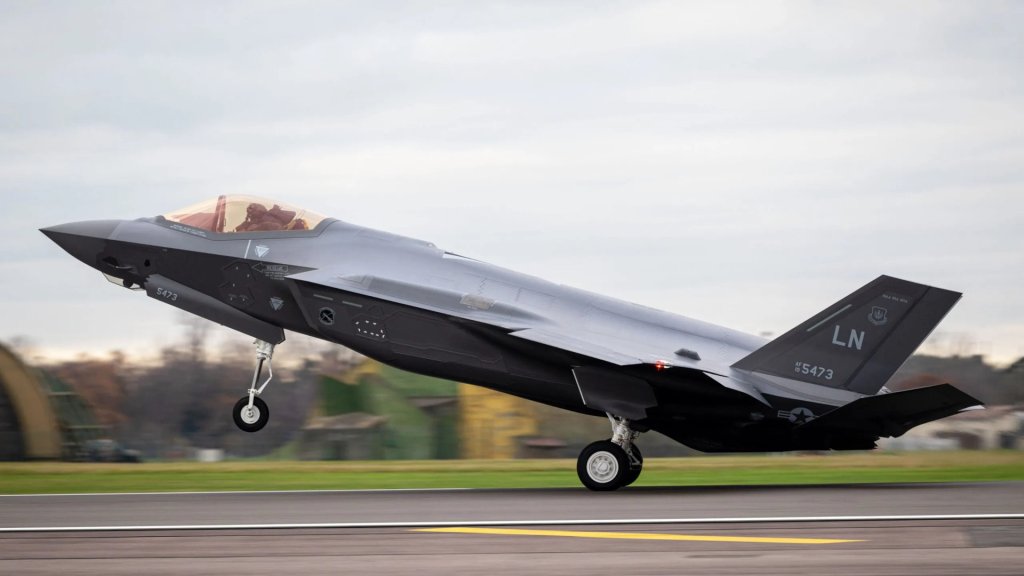
“A military source … confirmed that the RAF had offered the US a counter-drone system that can electronically take command of an enemy drone and turn it back on itself to try to identify those flying the drones,” according to The Times newspaper in the United Kingdom, though it is unclear if the capability or others have actually been deployed.
“The ‘Ninja’ — ‘negation of improvised non-state joint aerial-threats’ — is a counter-drone system able to identify targets up to 7km [approximately 4.3 miles] away,” The Times‘ story adds without confirming whether this could be among the counter-drone capabilities on offer. “When the hostile drone gets closer, the system overrides the command system and sends new instructions, according to the defense firm Leonardo.”
NINJA was originally developed for the U.S. Air Force and subsequently became part of the Royal Air Force ORCUS counter-drone system, which also includes a counter-drone electronic warfare jamming system called Guardian and various sensors.
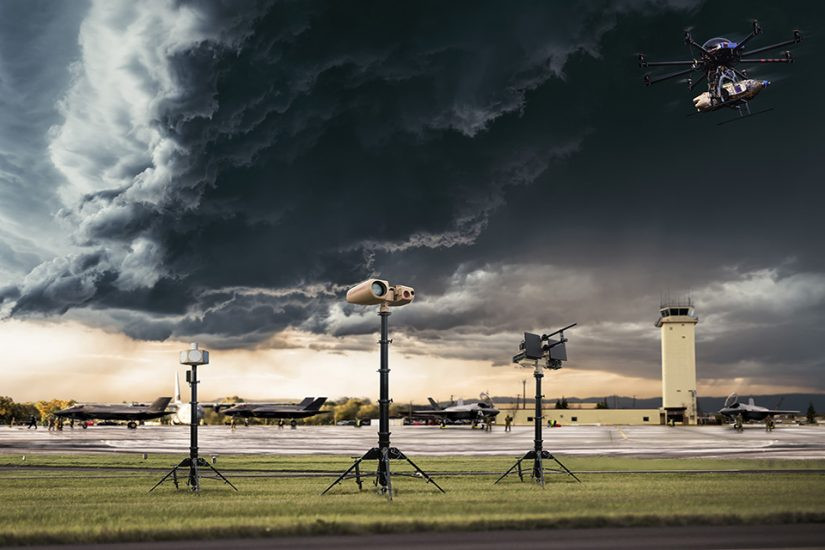
“We take threats seriously and maintain robust measures at defense sites. We are supporting the US Air Force response,” the U.K. Ministry of Defense told The War Zone when asked for more information. “We are not offering detail on numbers, locations or equipment.”
“We employ multi-layered and credible force protection measures, we will not go into specifics and it would be inappropriate to comment further on operational security matters, however, we can confirm we are working closely with USVF [U.S. Visiting Force], Police and other partners to respond to recent events,” the U.K. Ministry of Defense had also told TWZ yesterday.
“Small unmanned aerial systems continue to be spotted in the vicinity of and over Royal Air Force Lakenheath, RAF Mildenhall, RAF Feltwell and RAF Fairford since Nov. 20,” U.S. Air Forces in Europe (USAFE), the service’s top command in the region, said in an update to its press release on the ongoing situation today. “To date, installation leaders have determined that none of the incursions impacted base residents, facilities or assets. The Air Force is taking all appropriate measures to safeguard the aforementioned installations and their residents.”
“The number of [uncrewed aerial] systems has fluctuated, and they have ranged in sizes and configurations. Our units continue to monitor the airspace and are working with host-nation authorities and mission partners to ensure the safety of base personnel, facilities and assets,” the release adds. “To safeguard operational security, we do not discuss specific force protection measures, however we retain the right to protect our installations. We request individuals in the area to contact either local police or Security Forces if they see anything suspicious, to include sUAS’s or drone activity.”
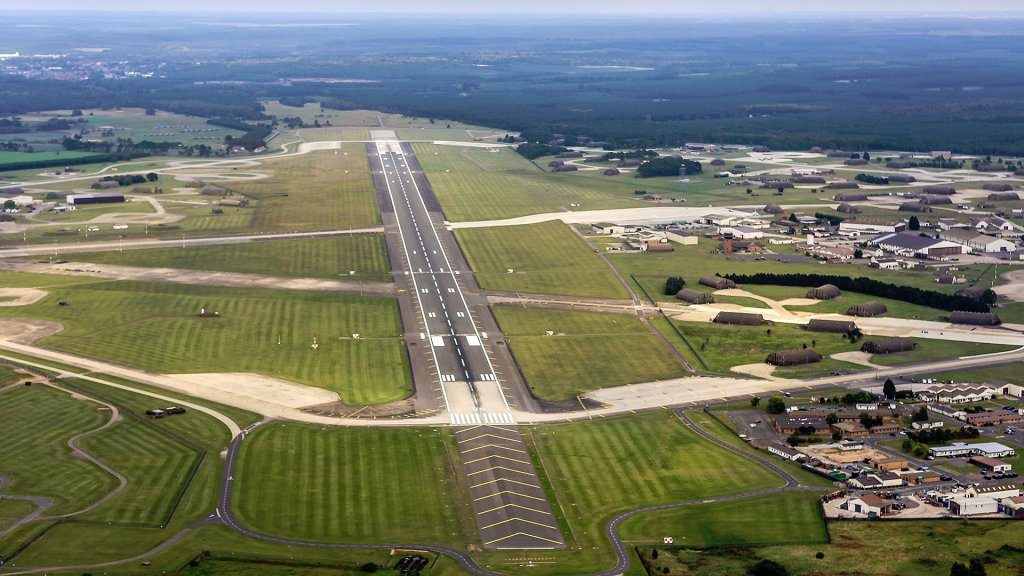
“I can confirm the situation is ongoing and our units continue to monitor the airspace and are working with host-nation authorities and mission partners to ensure the safety of base personnel, facilities, and assets,” a USAFE spokesperson had earlier told Sky News. “To safeguard operational security, we do not discuss specific force protection measures, however we retain the right to protect our installations.”
“We can confirm there were sightings yesterday during night-time hours and can only confirm that the number fluctuated and varied between the bases over the night,” USAFE said as well, according to The Times. “Since November 20, there has been no impact to residents or infrastructure and they have not been identified as hostile.”
“However, they are still continuously being monitored to ensure the safety and security of the installations.”
Who is operating the drones and for what purpose remains unknown. U.S. and U.K. authorities are reportedly investigating whether the activity is part of some kind of larger coordinated operation and who might be responsible.
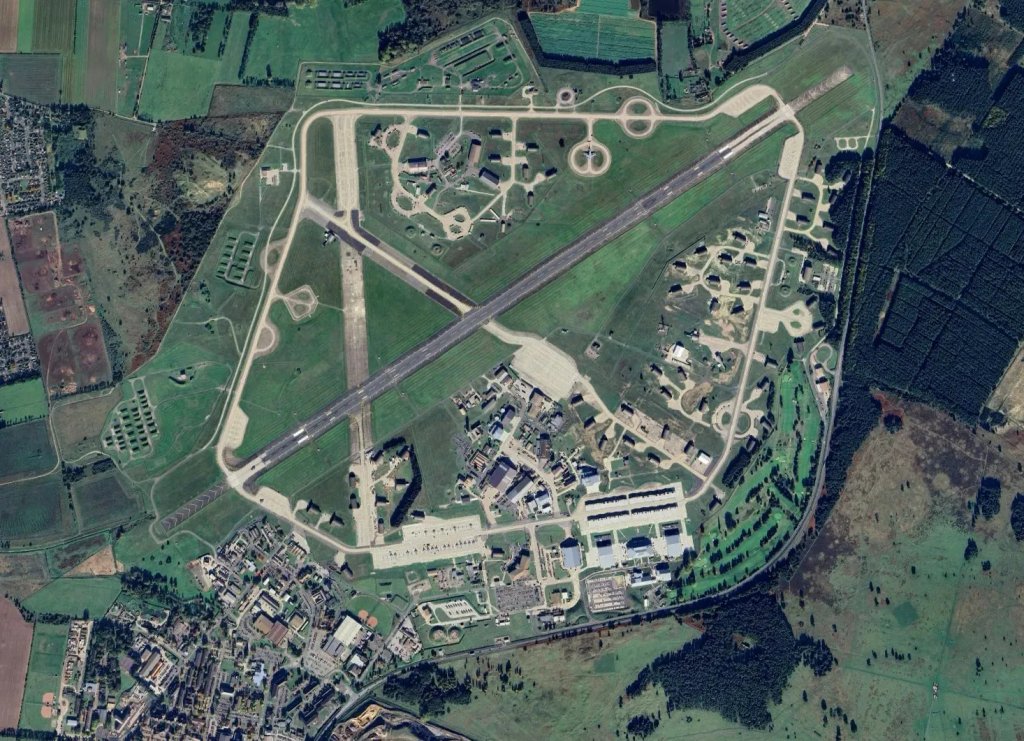
Regardless, the incursions over the three British air bases and the continued drone activity in their vicinity for nearly a week underscores very real concerns about uncrewed aerial threats to critical military facilities and civilian infrastructure. TWZ has been on the leading edge of covering this topic for years and has broken multiple stories now about drone incursions over key U.S. bases and training ranges, as well as uncrewed aerial systems harassing American forces off the coasts of the United States and making worrisome overflights of important non-military sites. A spate of drone incursions over Langley Air Force Base in Virginia in December 2023, which TWZ was the first report on, has now become a particular national cause celebre.
The United Kingdom is no stranger to the still-growing danger posed by drones. Though the exact circumstances remain unclear, reports of unauthorized uncrewed aerial activity paralyzed Gatwick Airport for multiple days in December 2018.
Concerning drone incursions, including some potentially tied to Russia, have been reported elsewhere in Europe in recent years. There has been a surge in reports more recently about sabotage plots and other attacks against targets in Europe orchestrated or otherwise fomented by the Russian government. This includes reported fears of a possible drone attack on Geilenkirchen Air Base in Germany, which hosts NATO’s fleet of E-3 Sentry Airborne Warning and Control System (AWACS) aircraft, in August.
Since the news about the incursions over Langley broke, other unauthorized drone activity over and around U.S. and allied military bases, as well as options (or the lack thereof) for neutralizing those threats, has been getting greater attention. Domestically, American forces are faced with sometimes confusing and obtuse authorities about when and how they can knock down drones flying over sensitive sites, as you can read more about here.
In the meantime, TWZ is continuing to follow the ongoing situation around the three air bases in the United Kingdom closely.
UPDATE: 2:20 PM EST —
Pentagon Press Secretary Air Force Maj. Gen. Patrick Ryder responded to questions about the drone incidents in the United Kingdom at a routine press conference today.
“What I would tell you … is that they [the drones] are being actively monitored. Installation leaders have determined, so far, that none of these incursions impact the base residents, the facilities, or the assets that we have on those bases,” Ryder said. “We’re, of course, continuing to work with host nation authorities and our mission partners to ensure the safety of our personnel, our facilities, and the equipment.”
“You know, the bottom line is, it’s something that we’re going to take seriously, [and] we’re continuing to look into it, but as of right now, [it] has not had any significant mission impact,” he continued. “I won’t get into force protection measures. We, of course, always maintain the right to defend ourselves if we deem something to be a threat, but, again, we’ll continue to work with the local host nation authorities there.”
“I don’t want to speculate and draw unnecessary connections. You know, again, this is something that we’ll look into as,” Ryder added when asked if there might be any link to other drone incursions over U.S. facilities. “You know, small UASs, drones, have become something that’s, you know, relatively common now across the landscape. It’s something that the Department has been looking closely at in terms of how it applies to our facilities, our personnel, whether it’s in combat zones or outside of combat zones.”
Ryder also declined to speak to what the drones flying over and around the bases in the United Kingdom might have been doing or who their operators might be.
“Again, I don’t want to get into the specifics in terms of tactics, techniques, and procedures [TTP] as it relates to force protection. Certainly, we have a variety of means at our disposal, and we will protect our personnel and our facilities,” Ryder said. “Again, just to kind of put this into context, you know, even here in the United States, right, if there are drones that are being flown by hobbyists or some other entity, you want to make sure that you’re doing due diligence, not only to protect yourself and the safety of others, but also using appropriate measures in order to not inadvertently Create second [or] third order effects, in other words, potentially harming the civilian communities in which we operate in and around.”
Ryder did not directly answer questions about reports of British military personnel now having reinforced RAF Lakenheath, RAF Mildenhall, and RAF Feltwell.
We’re “working very closely with the authorities there. We are taking it seriously. We’re monitoring, taking appropriate measures. Again, I’m not going to get into the specific TTPs in terms of when and if we feel that we need to take something down at this point,” he said. “The assessment is that these do not pose any type of, you know, effect on our operations or safety of our personnel.”
“It’s not uncommon if we have, you know, small teams that go around the world that are specialists in various capabilities,” he noted, speaking generally.
Contact the author: joe@twz.com
